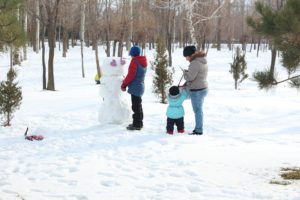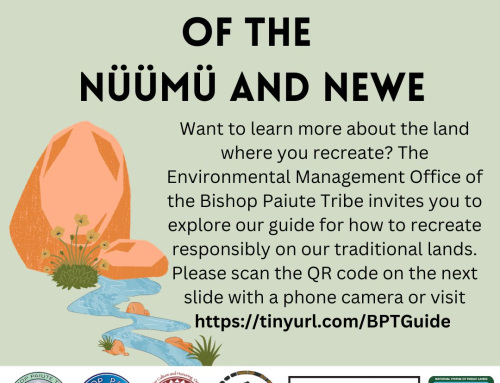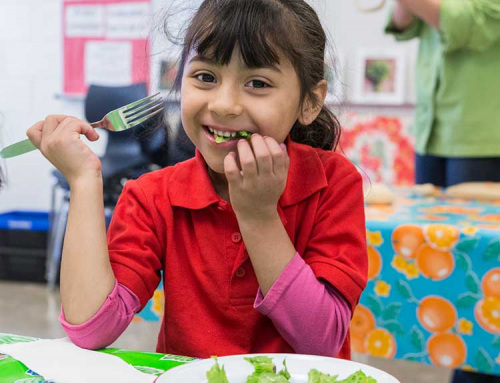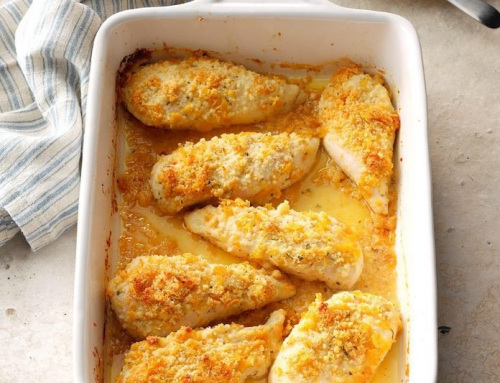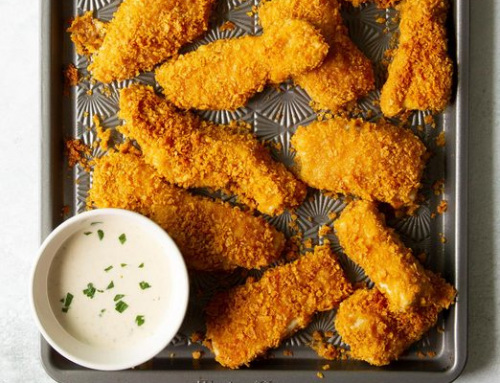The weather outside is frightful – but you can still get out and play! Don’t let cold or snowy weather deter your family from having fun outside. We all know we need physical activity to be happy and healthy, but how much do we need? And how do we stay active in the winter?
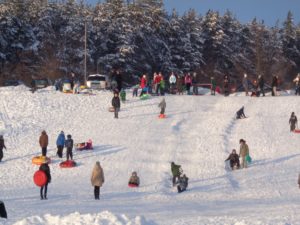
How much physical activity do we need?
Regular physical activity helps improve your overall health and fitness, and reduces your risk for many chronic diseases. Children and adolescents should do 60 minutes (1 hour) or more of physical activity each day. Just make sure your child or adolescent is doing three types of physical activity:
- Aerobic Activity: Aerobic activity should make up most of your child’s 60 or more minutes of physical activity each day. This can include either moderately intense aerobic activity, such as brisk walking, or vigorously intense activity, such as running. Be sure to include vigorously intense aerobic activity on at least 3 days per week.
- Muscle Strengthening: Include muscle strengthening activities, such as gymnastics or push-ups, at least 3 days per week as part of your child’s 60 or more minutes.
- Bone Strengthening: Include bone strengthening activities, such as jumping rope or running, at least 3 days per week as part of your child’s 60 or more minutes.
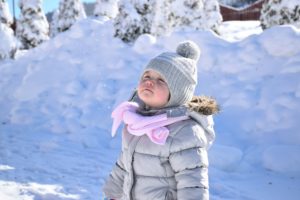
How do we stay active in the winter?
It might be cold outside, even snowy, but it is still fun to go out and play. Here are a few easy steps and precautions to take so you can be prepared to have fun and be active outside!
The first step is to plan what to wear in the colder weather. Both adults and children should wear appropriate outdoor clothing. It is always safer to bring extra layers and decide you don’t need them than to wish you had brought more! You should wear or bring:
- a hat
- a scarf or knit mask to cover face and mouth
- sleeves that are snug at the wrist
- mittens (they are warmer than gloves)
- water-resistant coat and shoes
- several layers of loose-fitting clothing
Be sure the outer layer of your clothing is tightly woven, preferably wind resistant, to reduce body-heat loss caused by wind. Wool, silk, or polypropylene inner layers of clothing will hold more body heat than cotton. Stay dry—wet clothing chills the body rapidly. Excess perspiration will increase heat loss, so remove extra layers of clothing whenever you feel too warm.
The second step is to plan your travel, and be aware of current and forecasted weather conditions. Take a moment to research the weather for the location you are travelling to. Weather in Mammoth might be a lot different than weather in Lone Pine when you are getting ready to go! Also, take time to get your car ready for cold weather use:
- Service the radiator and maintain antifreeze level; check tire tread or, if necessary, replace tires with all-weather or snow tires.
- Keep gas tank full to avoid ice in the tank and fuel lines.
- Use a wintertime formula in your windshield washer.
- Prepare a winter emergency kit to keep in your car in case you become stranded. The kit should include: cell phone, portable charger, and extra batteries; blankets; food and water; booster cables, flares, tire pump, and a bag of sand or cat litter (for traction); compass and maps; flashlight, battery-powered radio, and extra batteries; first-aid kit; and plastic bags (for sanitation).
Now you are ready to go have fun!
Here is a start to all the fun and creative ways for you to get physically active this holiday.
- Head up to the mountains to find some snow to sled on, build a snowman, go ice skating or cross country skiing! There are lots of options around Mammoth Lakes or up Bishop Creek.
- If you aren’t crazy about playing in the snow, there are still lots of places to go hiking at lower elevations. You can explore the Buttermilk Country, hike around the Alabama Hills Recreation Area, or take a trip to Death Valley National Park.
- Some museums are outside, giving time to run and play while also learning history! Laws Railroad Museum and Manzanar National Historic Site have walking tours. The Owens Valley Paiute-Shoshone Cultural Center doesn’t have a walking tour, but after you enjoy their exhibits, you can walk along the COSA trail.
With a little bit of planning, you can be a tourist in your own back yard. Plan your day to add in some activity, helping you and your family stay fit and healthy this holiday season!
From the Source
Center for Disease Control and Prevention has great resources to help you learn how much physical activity is needed and how to play and travel during the winter.
(Physical Activity Basics) https://www.cdc.gov/physicalactivity/basics/children/index.htm
(Physical Activity Guidelines) https://health.gov/paguidelines/pdf/paguide.pdf
(What to wear in cold weather) https://www.cdc.gov/disasters/winter/faq.html
(Planning for travel) https://www.cdc.gov/Features/WinterWeather/


